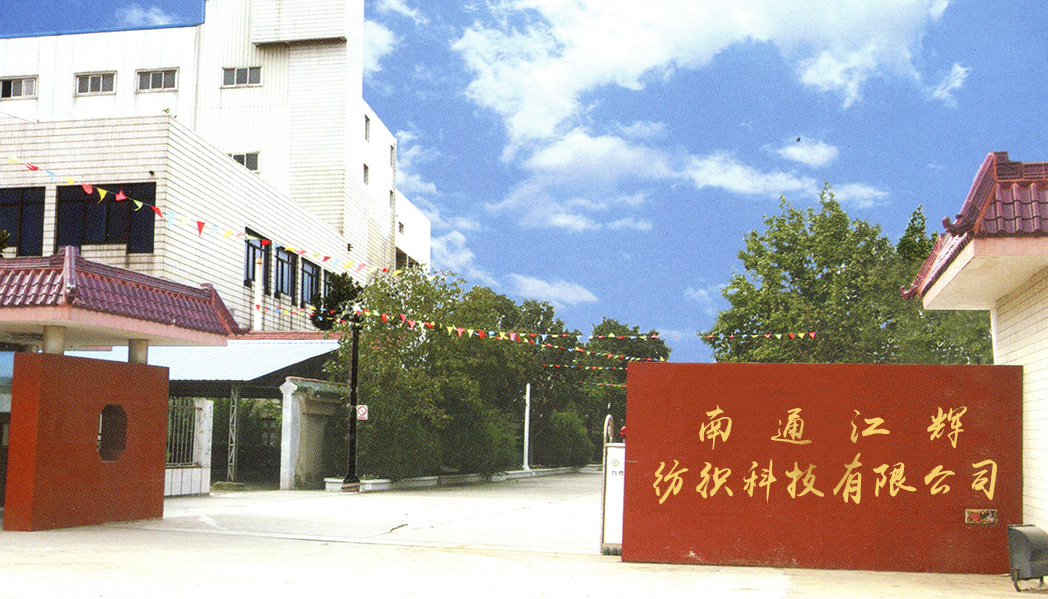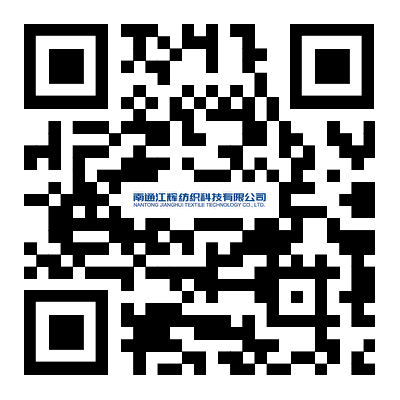Overview and Development Direction of China's Medical Accessories Market
Release time:
2023-12-14
1. Overview of China's medical excipient market
At present, the annual output value of medical excipients in China is 30 billion yuan, the annual output value of domestic consumption is 7-8 billion yuan, and the remaining exports have an annual growth rate of 20% to 30%. However, most of China's medical excipient products are traditional low value-added medical excipients, such as cotton, gauze, bandages, etc.
China is a traditional textile powerhouse and also the world's largest producer, consumer, and importer of cotton, with a huge production of cotton yarn. China supplies over 50% of traditional dressings and disposable surgical consumables worldwide. The industrial chain of China's textile industry is relatively complete. However, due to the rapid rise in domestic prices, the costs of labor, raw materials, and transportation have correspondingly increased, weakening the competitive advantage in the international market. In the long run, it will face competition from countries with low labor costs such as Vietnam and Cambodia.

Due to the low technical threshold of traditional medical excipients, there are many domestic production enterprises. At present, most medical excipient enterprises in China are small regional enterprises. According to data statistics from 10 years ago, small and medium-sized enterprises in China's medical accessory industry accounted for over 90%, with their total sales revenue only accounting for 53% of the entire industry.
The important reason for low industry concentration is the lag and limitations of relevant standards. The lag in standards leads to low entry barriers for products, and the accompanying vicious competition hinders market development. Because different hospitals do not have the same specifications and standards when purchasing dressings, medical staff make requirements based on personal usage habits. Sometimes, a hospital only requires dozens of specifications for gauze products. Manufacturers are unable to achieve large-scale industrial production, product costs cannot be reduced, and innovation is weak.
More than 40 years ago, the medical excipient industry in Europe and America also experienced a process of highly homogenized products, low technological barriers, and vicious market competition. In the early 1970s, European and American countries began to require certification of medical excipients. Dressing manufacturers and industry associations from various countries took this opportunity to unify product specifications, thereby achieving standardized mass production.
2. Development direction of new medical excipients
Although traditional medical accessories such as cotton wool and gauze still account for over 50% of all medical accessories worldwide. Because in recent years, the growth rate of traditional medical excipients has slowed down, while new medical excipients have grown rapidly. The main markets for new medical excipients in the world are in countries and regions such as the United States, Europe, and Japan, with an annual growth rate of over 10%. According to relevant data statistics, Europe accounts for 41% of the global market for new medical excipients, the United States accounts for 39%, and other countries and regions account for 20.5%.
Due to the high price and slow market popularization of new dressings, China's new dressings are still in the market cultivation stage, and the research and development of new dressings by enterprises is still in the initial stage. In the long run, traditional gauze and bandages consume more cotton, but the product benefits are not high, the added value is low, the profit margin is small, and the product growth ability is limited. Developing new types of dressings with independent intellectual property rights is the future development direction of China's medical accessory industry.
Related News
2022-11-28



